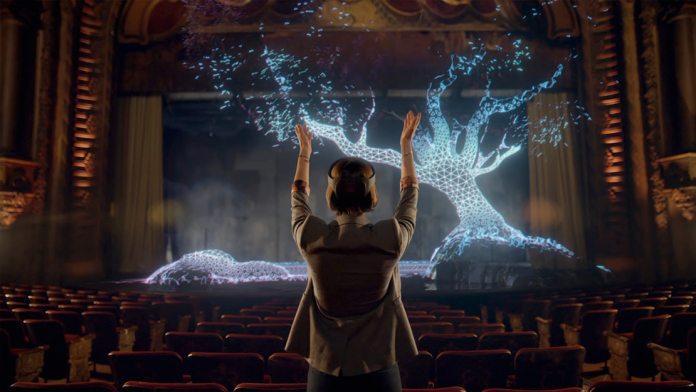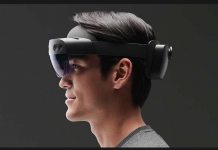Hololens 2 was officially announced in February 2019, but there were plenty of hints before then. Among other things, it features an improved field of view, 3.5 hours of battery life, a higher resolution, and a much more comfortable fit. This time around, it’s targetted at the enterprise. In fact, it’s not available through consumer channels at all. The Snapdragon 850 and Holographic processor are being spent to power better hand and eye gaze tracking, while Windows Hello’s iris scanning works for authentication.
In terms of apps, there’s Microsoft’s Remote Assist Software, which can be had for a monthly fee and enables live guides and troubleshooting. There’s also Spatial Anchor, an AR Azure cloud solution. Finally, the Holographic Remoting App lets users stream apps from Windows 10 or Xbox One if they require more horsepower than the headset’s chip can provide. Microsoft is most excited to see what other developers can do with the headset though. The HoloLens 2 supports Epic Game’s Unreal Engine 4 and lets devs tune in to a number of APIs and drivers to craft their own apps. Enterprise will essentially be able to craft bespoke apps, even published in their own app store. We saw a lot of innovative concepts with the HoloLens 1, including a Pokémon Go prototype and an anatomy explorer. With the significant leap in hardware over the last generation, it’ll be intriguing to see what developers can come up with.




